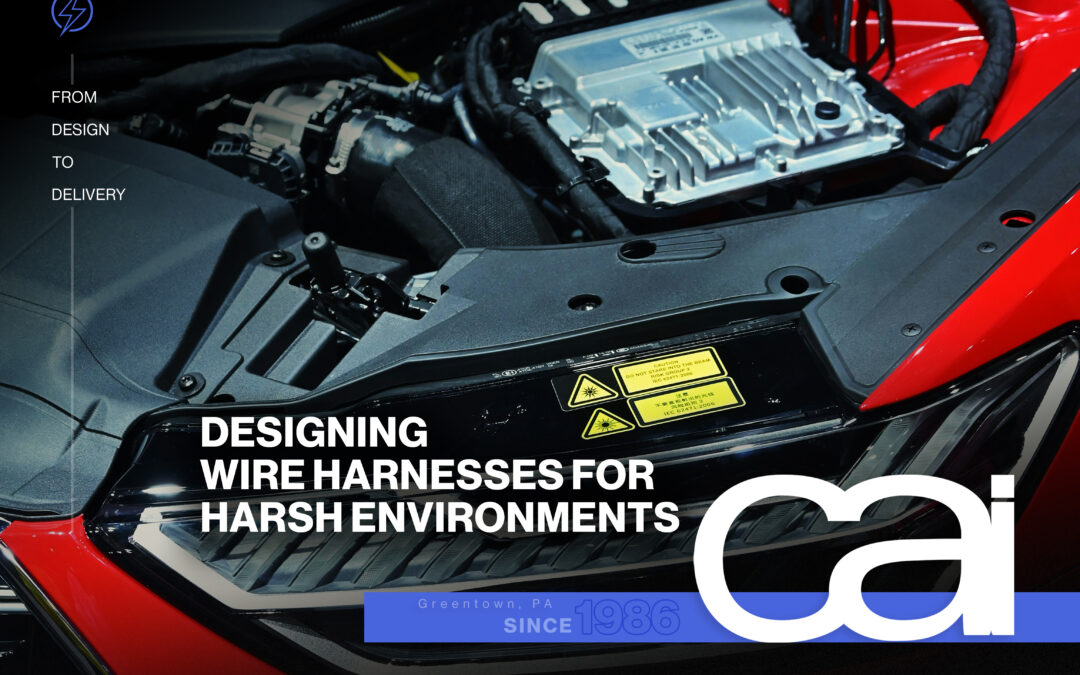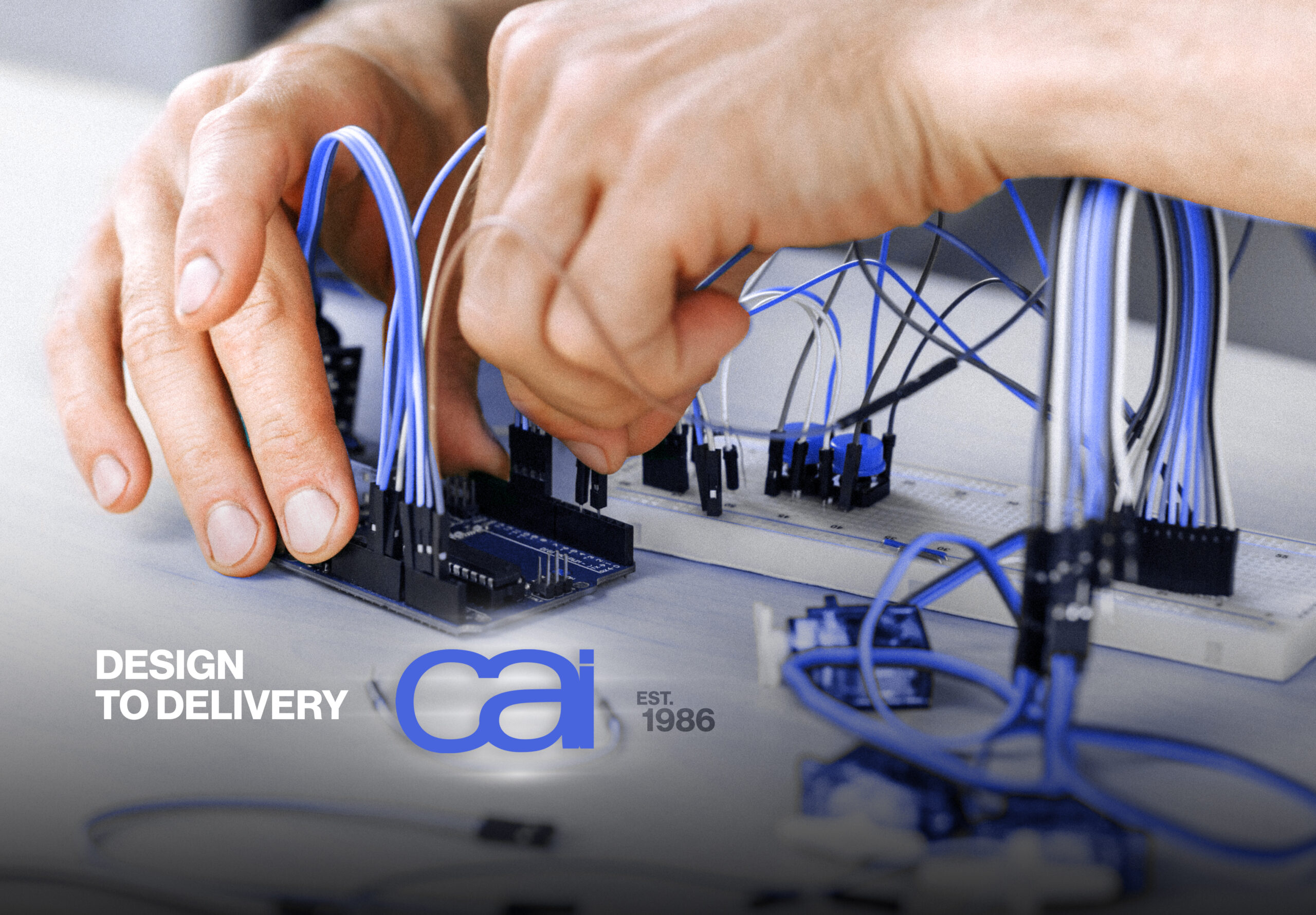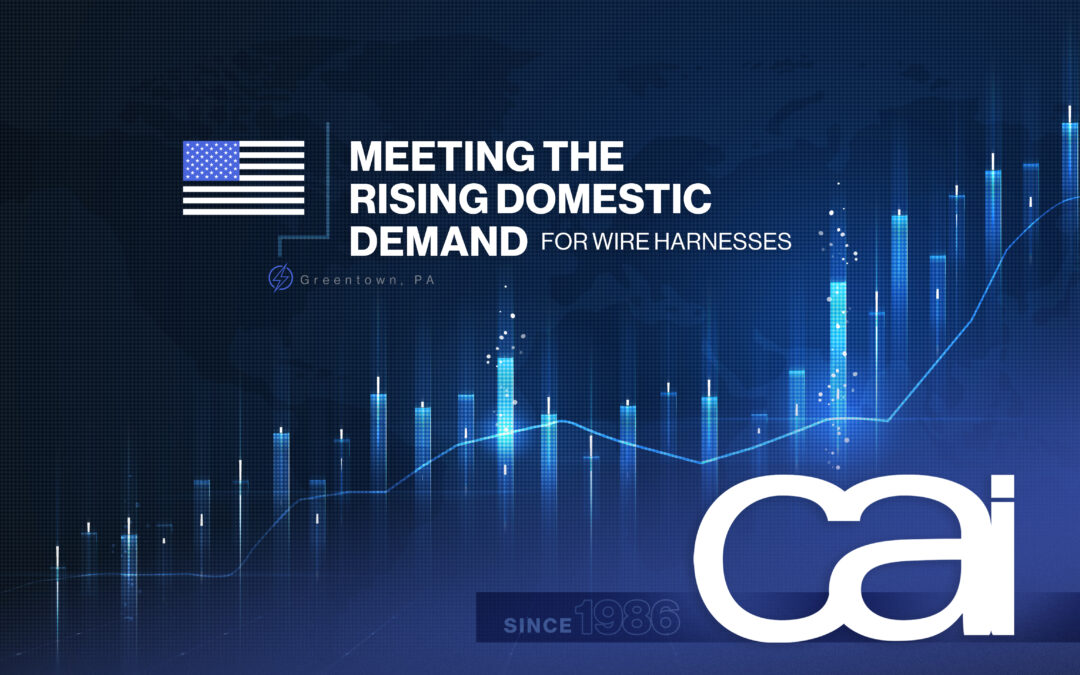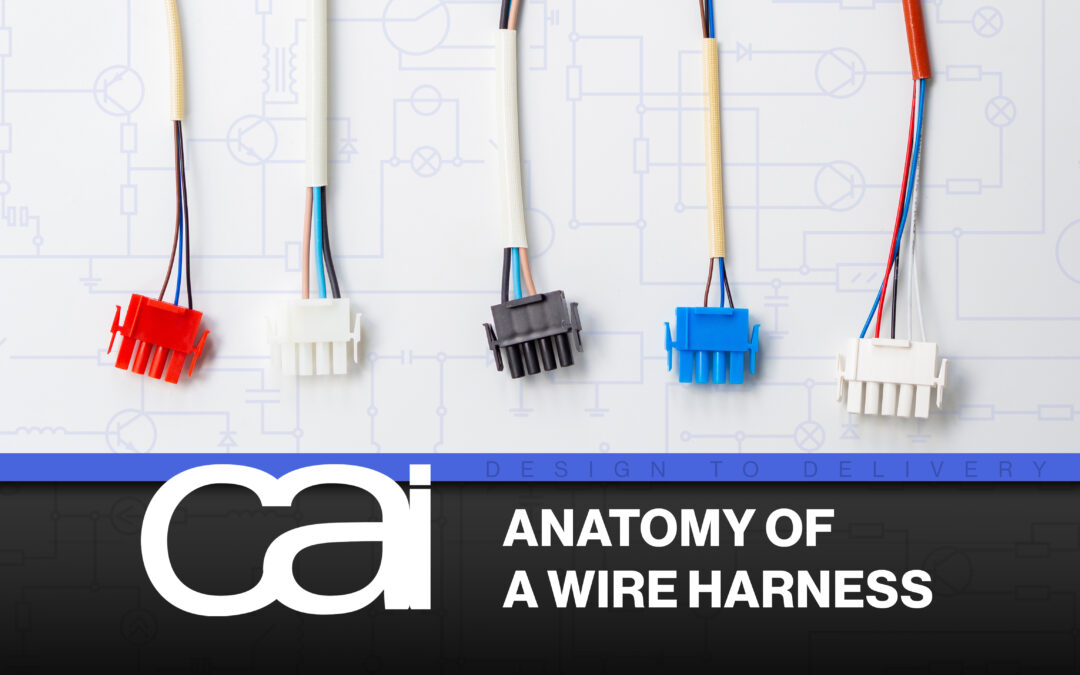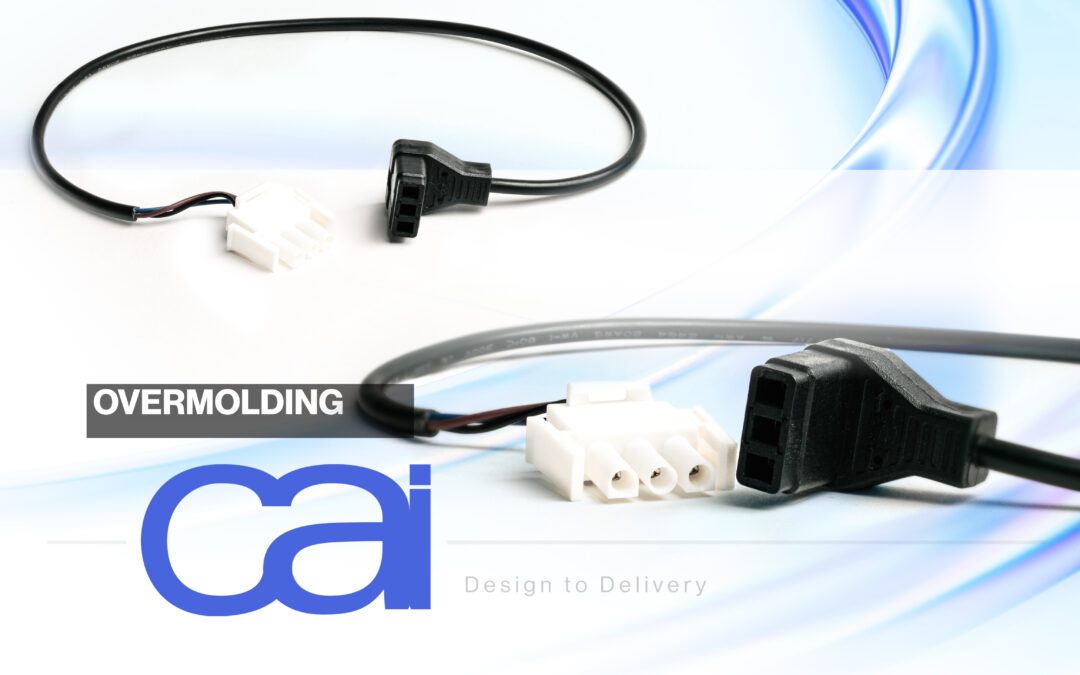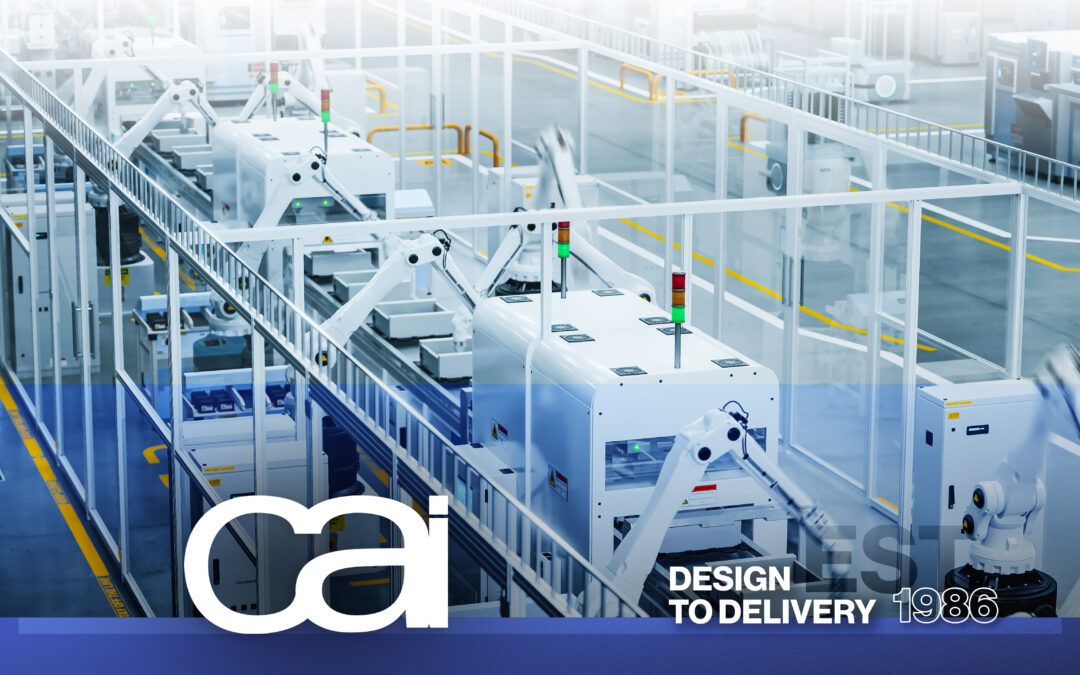How Prototyping Ensures Optimal Results When Making Harnesses & Assemblies
In order to ensure high performance, durability, and safety in their future application, electrical components, such as wire harnesses and cable assemblies, must be made with the utmost care and precision. While utilizing expert craftsmanship and the latest technology is essential, crucial steps must also be taken during development so that the final product is as efficient and successful as possible. And no step is more indispensable than the prototyping stage.
The second of the four key stages of the manufacturing process, prototyping involves using the specifications and meticulous drawings of the design stage to develop a preliminary model for testing and evaluation. It is an integral, proactive measure during wire harness or cable assembly manufacturing that ensures the product meets the project’s requirements and performance standards before moving into full production.
This often involves the use of advanced equipment such as 3D scanners and printers to take a 2D schematic and produce a working prototype for designers and engineers to inspect, test theories, refine elements, and address any issues that may cause trouble down the road. For OEMs, this stage allows them to present their customers with a testable prototype prior to production to review and ensure their vision is being met.
At CAI, we utilize Faro 3D scanners and other premium equipment to bring your designs to life during the prototyping stage. We are then able to complete mechanical and electrical testing to ensure your product achieves the functionality you desire. To discuss your product needs or get a quote, connect with us online today!
Among the many factors that prototyping helps address in the harness or assembly manufacturing process, these are 4 of the most significant ones:
1. Connector Compatibility
Having the right connectors for your electrical systems is vital to proper function and performance, but with the vast amount of connectors available, finding the most compatible solutions is where prototyping really helps. A mismatched connector can lead to failures, safety issues, and/or damage to the device. Prototyping ensures that the connectors physically fit together and function optimally in their future application and environment.
2. Cable/Wire Length
When designing prototypes involving wires and cables, the potential routing paths must be considered in the measurements, as twists and turns can add to the length. The prototype stage is essential to making sure the measurements are correct for their future application.
Without the prototyping stage, you could easily end up with the wrong cable or wire length, resulting in a practically useless pile of wiring and having to restart the manufacturing from scratch. That would mean wasted materials, time, and money. You don’t want to wait until installation to find out that the wire is too short or too long to accommodate the actual routing path.
3. Electrical Functionality
Wire harness and cable assembly prototypes are thoroughly tested to assess their electrical functionality — their ability to transmit power and data within the frequency, voltage, and ratings specifications with no loss of signal integrity. Various different types of tests are utilized to ensure the prototype is ready for mass production. This is when everything from mis-wired harnesses to faulty connectors can be spotted and corrected.
Design engineers must ensure that the cable meets all technical requirements, including electrical performance, temperature resistance, and mechanical durability. Thorough testing and advanced simulation tools can predict and address potential issues in the preliminary phases. Stress testing is among the many tests that are best done early on before realizing issues post-manufacturing.
4. Cost-Effectiveness
Throughout the manufacturing process, managing costs is a main concern, and the prototyping phase can help achieve optimal cost-effectiveness. Prototypes don’t always need to include the most expensive connectors or advanced technologies to achieve the desired results. Engineers can address financial challenges before mass production by focusing on critical features, employing cost-effective designs, and choosing off-the-shelf components when practical. Smart project management and use of best practices can speed up the prototyping process without compromising quality.
Prototyping is a key stage of the manufacturing process that can save money, time, and hassle in the long run by addressing issues and ensuring product viability before the production stage.
For over 35 years, CAI has delivered superior yet cost-effective wire harness, cable assembly, and electrical component solutions for businesses across nearly every industry — from prototype to production. Reach out to us to discuss what you need for your next project!
